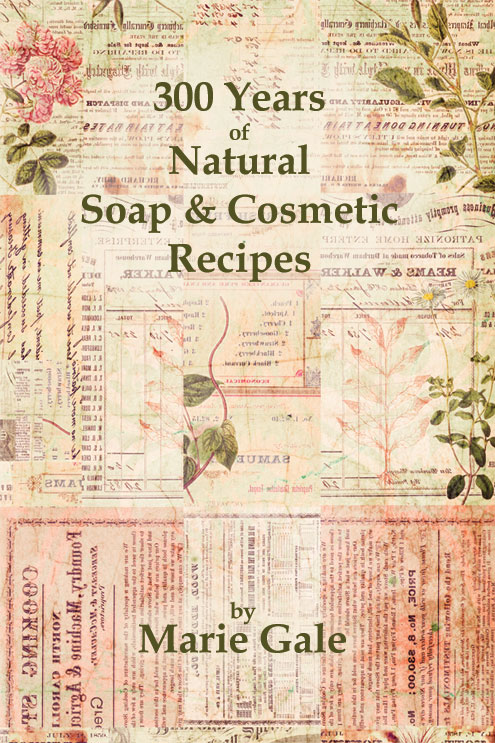I found a reference in The Art of Soap-Making by Alexander Watt (1918) which describes “fulling soaps.” Being unsure of what, exactly, “fulling” really was, I wasn’t sure whether the soap he described would be suitable for washing woolens as well.
Turns out not, but I did make some interesting discoveries along the way. And I learned how to wash and care for my wool sweaters and shirts. It wasn’t anything like what I had been told!
The Art of Soap-Making says this about Fulling Soaps:
Fulling Soaps – For use in woollen manufacture a genuine potash oil-soap has been found in practice superior to all others. Resin gives a harshness to the fibre of wool, so must not therefore on any account be used. Soda also injures the suppleness of the wool, so in discarding it the manufacturer follows the teachings of Nature. The natural lubricant of wool, called suint, is a kind of potash soap, containing a bare trace of soda. Silicates also must not be used; if present they are decomposed in the process of fulling, etc., and deposit free silica, which grates on the fibre and injures its lustre.
Fulling, it turns out, is the process of cleaning the wool and getting the scales of the wool to open up, and then subjecting the wool to agitation of some kind. Originally it was called, according to the Wikipedia article, fulling, tucking, or waulking. Spun wool needs to be fulled, which makes it softer, thicker and more pliable and it is also done on already woven or knitted wool to get it fluffier and in the desired shape. I did find an excellent (and pretty funny!) article on Fulling and Felting if you want to see how it’s done and get a historical perspective.
The suint (yes, I had to look it up) is the natural grease found on wool. I guess it must be somehow similar to lanolin, but I didn’t find anything saying so. In any event, it is actually a source of potash, so I can see how a potasium-based soap would work in fluffing up the wool.
So, if you are making soap for fulling, it should be a true potassium soap; a liquid soap.
Washing Woolens
It turns out that washing woolens is a completely different process. For washing, you need almost the exact opposite of what is needed for fulling. When washing, you don’t want to fluff or shrink the item, you just want it clean. So for washing, use hot water (yikes! I didn’t believe it either), a detergent (not soap) and no agitation whatsoever.
Detergent (either a dishsoap without a lot of color and perfume, or a shampoo without a lot of thickeners or any conditioner) works better because it doesn’t cause the scales on the hair (wool) to open up and get “caught” together, which is what tightens up and shrinks the wool.
Don’t believe it? I had a hard time with it, but given the number of sweaters I have had to pass on to younger, smaller relatives, I think maybe the information is right. This article on Washing Wool Sweaters gives more of the background.
The Moral for Soapmakers
There’s probably a niche market for an excellent potassium soap formulated for all the the people out there who deal with wool and fibre and have a need for quality fuller’s soap at a handcrafted level.
Trying to make and market a soap for “washing wool” is probably not going to be a successful endeavor.


Leave a Reply